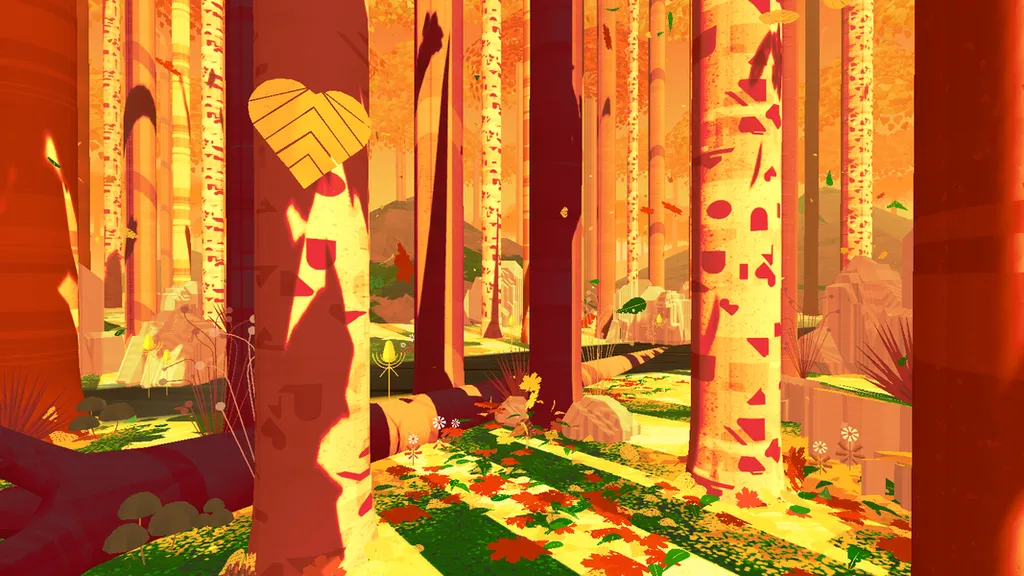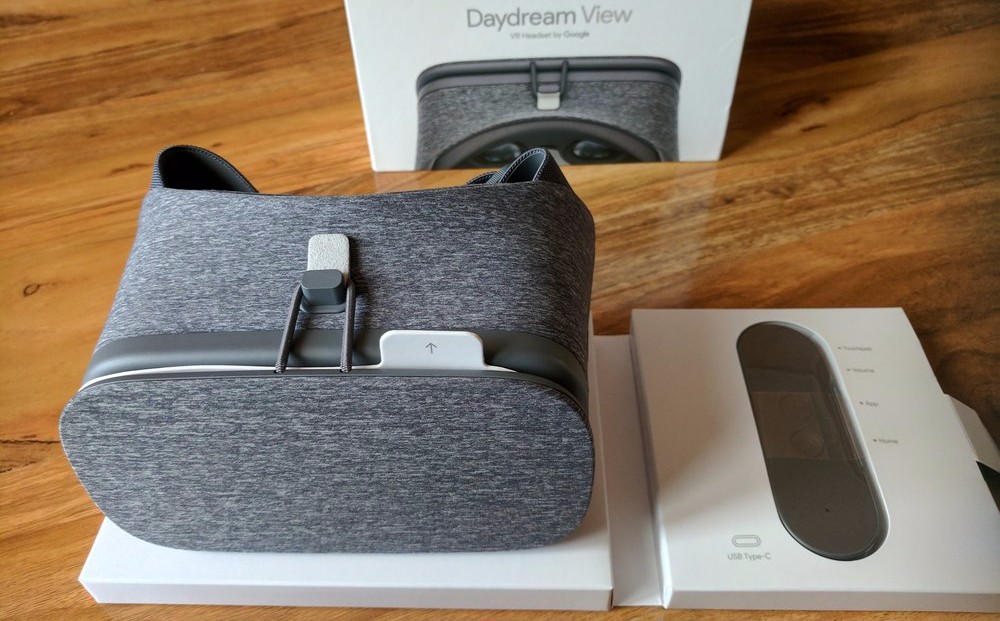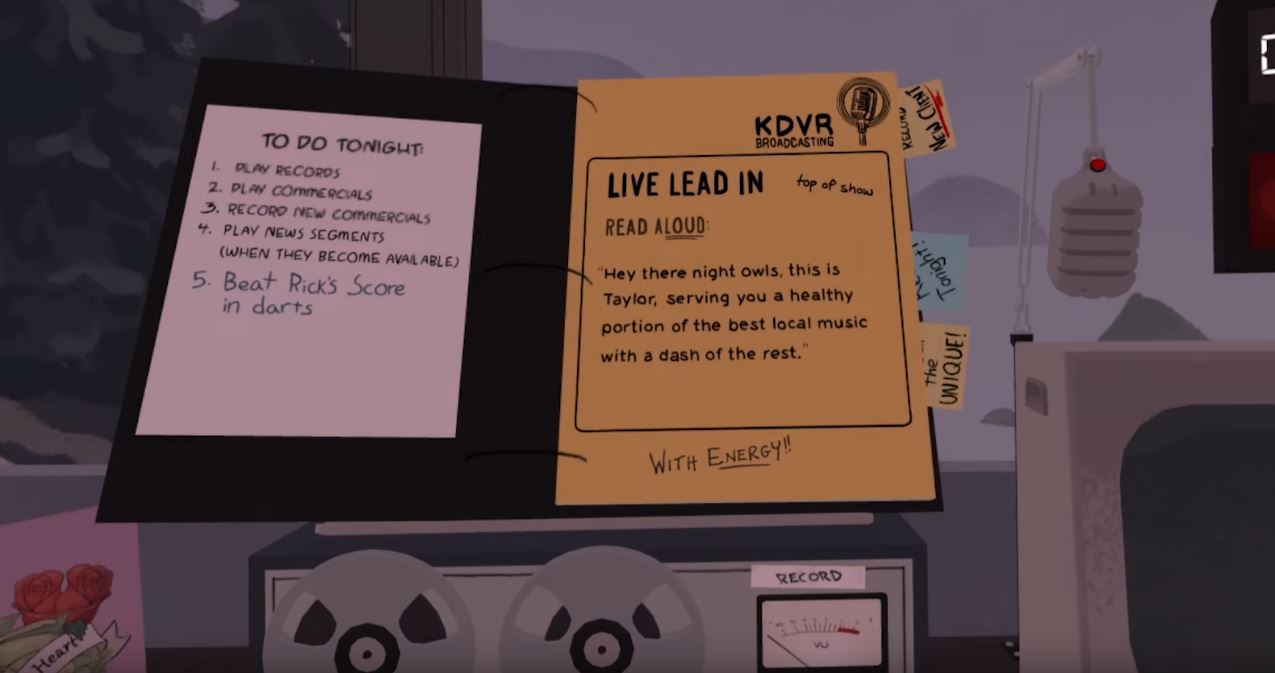I’ve shown Google Daydream a lot of tough love over the past six months. The search engine giant’s promise of a vast, expansive mobile VR ecosystem where plenty of phones could be paired with an exciting new headset and intuitive new way to interact with virtual worlds, seemed too good to be true.
And, initially, it was.
Daydream’s launch was decidedly lackluster. Google’s Daydream View is an awkward headset, letting in light from either side of most people’s heads and needing constant readjustment to get it to fit just right. The controller takes a lot of getting used to, much more in line with a Wii remote than a Vive wand, and requires you to regularly recalibrate with a long press of its app button.
It’s games and apps, meanwhile, failed to excite unless they were from Google itself. Even then, Street View’s VR compatibility is poor man’s Google Earth VR, which is only available on Rift and Vive. Around Christmas, we’d found that some of the platform’s biggest apps had been installed a surprisingly small number of times. It looked like Google had killed pretty much all the momentum it had built for Daydream in the year leading up to its launch.
But, fours months into 2017, things are looking up.
Daydream’s hardware situation might not have changed (though Huawei’s upcoming Gear VR-like headset looks promising), but its software has certainly taken a turn for the better. Just this week we reviewed Eclipse: Edge of Light, which easily takes the throne as Daydream’s best game with its sprawling sci-fi adventure and excellent productions values that push the boundaries of the platform.
But Daydream has become about more than just blockbuster games. It’s home to some of VR’s most fascinating experiential pieces that I’d classify as essential view for anyone, no matter what headset they own.
Take the BBC’s The Turning Forest, a wonderful children’s storybook come to life with a brilliantly vibrant world that will have you longing to reach out and touch it. Its whimsical style and charm is more than enough to melt the heart of the coldest VR enthusiast, and it breaks barriers in audiences that many apps long to do.
Then there’s the enthralling strangeness of Untethered, a new episodic mystery from Numinous Games. I remember being dropped into the empty recording studio and wondering what on earth I was meant to be doing, but finding fascination in exploring its various elements and discovering what I was meant to be doing by myself.
Currently, I’m playing Virtual Virtual Reality, a game I’ve long taken interest in but am only just getting around to. It strikes me as an Accounting-like look into the surreal future we have ahead of us. I’m looking forward to diving further into it and hopefully finding a vision I haven’t seen on any other headset so far.
The trouble is these games shouldn’t be as obscure as they are; Google needs to do a better job of telling us they’re there. Just looking through the app store today I found new experiences from big developers like Minority Media that I had no idea existed. On one hand I appreciate the sense of discovery there is to it; finding exciting new experiences that I didn’t know were out there. Still, I doubt developers are quite as happy with that situation.
































